On Enabling Technologies for the Internet of Important Things
Author(s): Marten Lohstroh, Hokeun Kim, John C. Eidson, Chadlia Jerad, and Beth Osyk
Citation
Marten Lohstroh, Hokeun Kim, John C. Eidson, Chadlia Jerad, and Beth Osyk. "On Enabling Technologies for the Internet of Important Things". IEEE Access, 7:27244-27256, 2019.
Abstract
The Internet of Things leverages Internet technology in cyber-physical systems (CPSs), but the protocols and principles of the Internet were designed for interacting with information systems, not cyber-physical systems. For one, timeliness is not a factor in any widespread Internet technology, with quality-of-service features having been routinely omitted for decades. In addition, for things, safety, freedom from physical harm, is even more important than information security, the focus on the Internet. Nevertheless, properties of the Internet are valuable in CPSs, including a global namespace, reliable (eventual) delivery of messages, end-to-end security through asymmetric encryption, certificate-based authentication, and the ability to aggregate data from a multiplicity of sources in the cloud. This paper discusses and surveys architectural approaches, communication protocols, and programming models that promise to bridge the gap, enabling the use of the Internet technologies even in safety-critical, cyber-physical applications such as factory automation and transportation. Specifically, we argue that smart gateways hosted on edge computers complement cloud-based services; they can provide tighter control over timing and security that is robust against network outages, play an active role in managing interactions between things, and isolate safety-critical services from best-effort services. We explain how time sensitive network technology can be leveraged to reliably orchestrate a multiplicity of things, and how augmenting our programming models with a well-defined notion of time can make systems more deterministic and more testable.
Citation Formats
-
HTML
Marten Lohstroh, Hokeun Kim, John C. Eidson, Chadlia Jerad, and Beth Osyk. "<a href="https://www.icyphy.org/publications/2019_LohstrohEtAl5/">On Enabling Technologies for the Internet of Important Things</a>". <i>IEEE Access</i>, 7:27244-27256, 2019. -
Plain Text
Marten Lohstroh, Hokeun Kim, John C. Eidson, Chadlia Jerad, and Beth Osyk. "On Enabling Technologies for the Internet of Important Things". IEEE Access, 7:27244-27256, 2019. -
BibTeX
@article{MartenEtAl:19:IoT, author = {Marten Lohstroh, Hokeun Kim, John C. Eidson, Chadlia Jerad, and Beth Osyk}, title = {On Enabling Technologies for the Internet of Important Things},
journal = {IEEE Access},
volume = {7},
pages = {27244-27256},
year = {2019},
abstract = {The Internet of Things leverages Internet technology in cyber-physical systems (CPSs), but the protocols and principles of the Internet were designed for interacting with information systems, not cyber-physical systems. For one, timeliness is not a factor in any widespread Internet technology, with quality-of-service features having been routinely omitted for decades. In addition, for things, safety, freedom from physical harm, is even more important than information security, the focus on the Internet. Nevertheless, properties of the Internet are valuable in CPSs, including a global namespace, reliable (eventual) delivery of messages, end-to-end security through asymmetric encryption, certificate-based authentication, and the ability to aggregate data from a multiplicity of sources in the cloud. This paper discusses and surveys architectural approaches, communication protocols, and programming models that promise to bridge the gap, enabling the use of the Internet technologies even in safety-critical, cyber-physical applications such as factory automation and transportation. Specifically, we argue that smart gateways hosted on edge computers complement cloud-based services; they can provide tighter control over timing and security that is robust against network outages, play an active role in managing interactions between things, and isolate safety-critical services from best-effort services. We explain how time sensitive network technology can be leveraged to reliably orchestrate a multiplicity of things, and how augmenting our programming models with a well-defined notion of time can make systems more deterministic and more testable.}, URL = {https://www.icyphy.org/publications/2019_LohstrohEtAl5/} }

